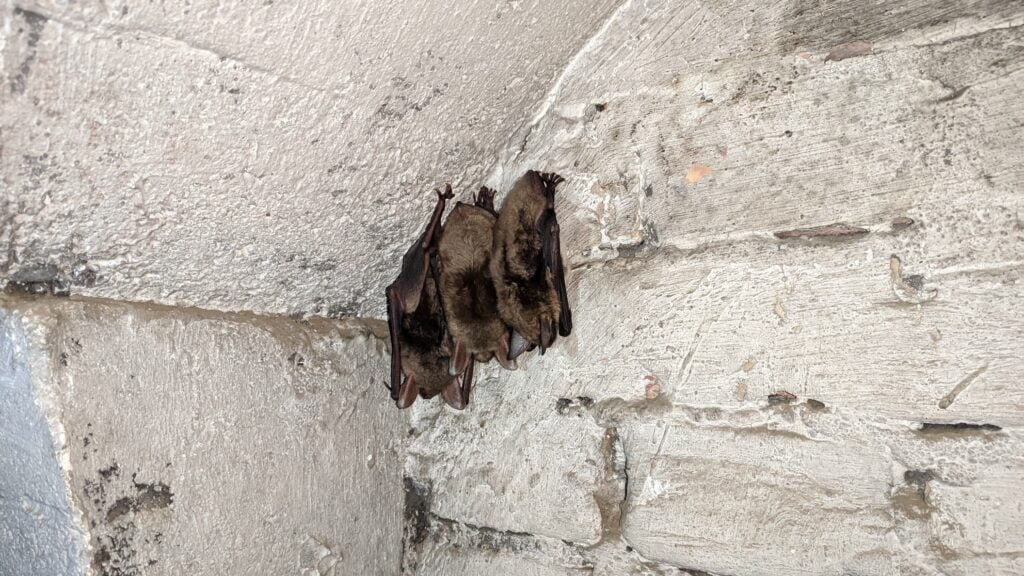Miedzyrzecz Fortification Region (Miedzyrzecki Rejon Umocniony in Polish, Festungsfront Oder-Warthe-Bogen in German) is a unique, fascinating historical site that stands as a testament to the tumultuous events of World War II. Located in Poland, this sprawling complex of fortifications holds great significance in European military history. As you explore the remnants of this German defensive line, you will embark on a journey back in time, discovering the stories and secrets of a bygone era.
History of Miedzyrzecz Fortification Region
Contrary to what you might think, Miedzyrzecz Fortification Region wasn’t built by Poland to defend against Germany, In fact, it was built by Germany, to defend against Poland.
Germany began preparations in 1927 to fortify its eastern border, against the Treaty of Versailles. All activities were kept secret to avoid the intervention of the Allies. Construction of the fortifications of the Międzyrzecz Fortified Region was carried out in stages from 1934. In 1934-1935, the first light fortifications were erected, consisting of 12 shelters for machine guns with a hiding place for an anti-tank cannon, the so-called Hindenburg stand. Large-scale hydraulic engineering works were also undertaken – the construction of weirs, dams, and drawbridges.
In 1935 the position was supplemented by a further 13 shelters, equipped with armored domes. At this time, work was underway to prepare a concept for a so-called fortified front, the implementation of which began in 1936. The greatest accumulation of heavy fortifications was planned for the central section (the High Section) of the Oder-Warty Arc, devoid of water obstacles. The plan was to build 107 heavy battle shelters, the so-called Panzerwerke, including the most powerful ones, with ceilings 3.5 m thick and armor 600 mm thick, along a 16-kilometer stretch. The facilities were planned to be equipped with machine guns, automatic grenade launchers, flamethrowers, anti-tank weapons, and artillery. The long-range artillery was to be grouped in armored batteries and have a range of 20,000m for the 105mm cannon and 15,500m for the 149.1mm howitzer. The facilities in the central part of the continuous Fortified Front were to be interconnected not only within the fortified groups but also with an underground road, the so-called Main Road. If completed, this would be the most powerful and modern fortified line in the world.
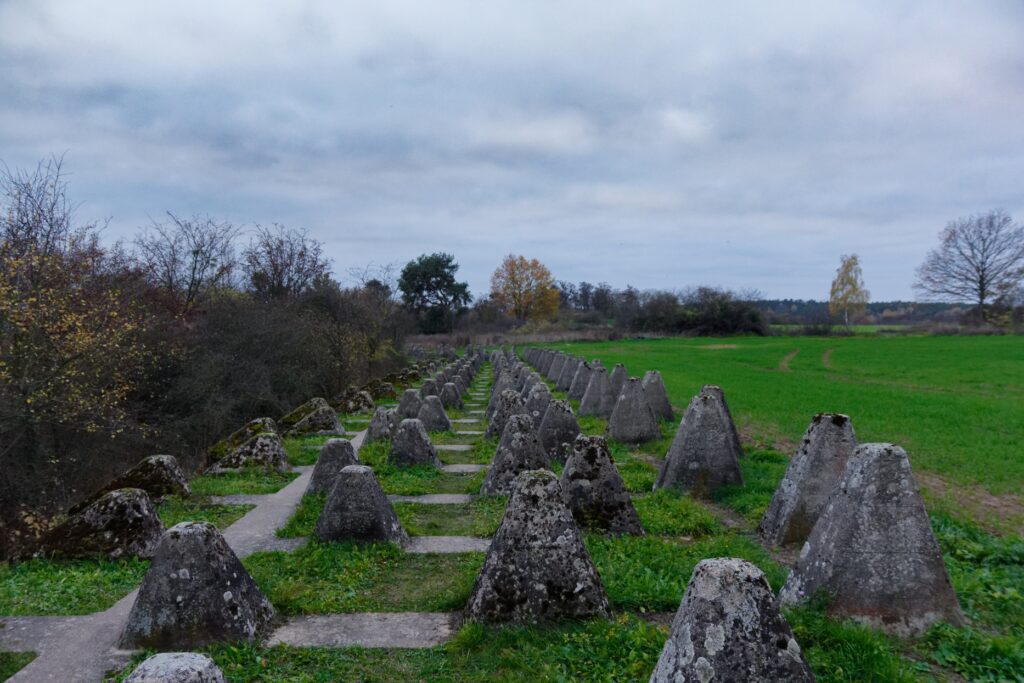
By 1938, most of the main underground system in the central section and the system of hydroelectric dams in the north and south had been completed. In May 1938, construction of the fortifications was halted on the orders of Hitler, who visited the construction of the MRU several times and was dissatisfied with the progress of the work. The fortifications were never completed according to the original plans. A dozen or so shelters were added to the positions as part of bringing them to combat readiness. The resulting system was, by virtue of being equipped with modern armament – machine guns, grenade launchers, and flame throwers – a very powerful fortification. Its shortcoming, however, was the lack of anti-tank weapons and artillery.
Miedzyrzecz Fortification Region during the Second World War
From 1943, the underground of the central section of the MRU. was used as an underground factory. Aircraft engines were assembled here.
In mid-1944, fortifications were prepared for defense. First of all, field fortifications and light bunkers were erected, 200-300 of which were built. There was not enough time to undertake a new extension of the position with heavier bunkers. The German staff drew attention to the lack of anti-tank weapons. The plan was to supplement the position with casemates for Czech 47mm calibre cannons. Such a shelter was built experimentally at the “Ludendorff” group. There was not enough time to build more.
In January 1945, the fortifications were manned by very few crews. Despite the good equipment of the shelters, the lack of anti-tank weapons, and the general disorientation prevailing in the German ranks after the start of the January offensive of the Soviet army the positions were broken through relatively quickly. The fighting continued from 29-31 January. However, these three days significantly delayed the Soviet march and contributed to the Germans holding the Oder line.
Miedzyrzecz Fortification Region after the Second World War
After the war, the fortifications were temporarily occupied by Soviet and Polish troops. Many of the buildings were blown up to obtain material, especially valuable armored steel. Then abandoned, they became targets for looters. In the 1980s, there were plans to place a central radioactive waste storage facility in the basement. Today, most of the facilities of the north and south wings of the O.W.B. are abandoned. Visits are possible all year round only with a guide, but during the bat wintering period (November to March) only Pz.W. 717 with one corridor is open to visitors.
Visiting Miedzyrzecz Fortification Region
Location
The entrance to Miedzyrzec Fortification Bunkers is located in Pniewo, about 120 km west of Poznan, close to A2 Highway (Poznan-Berlin).
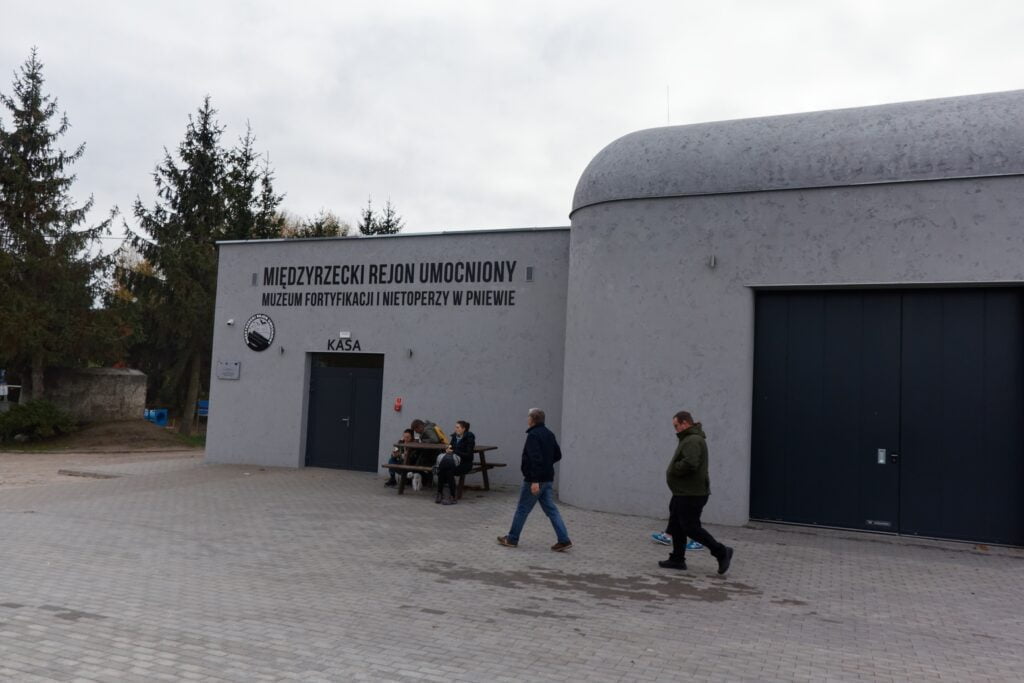
Getting from Poznan to Miedzyrzecz Fortification Region
By public transport
It is impossible or at least very hard to get from Poznan to Miedzyrzecz Fortification Region by public transport, as there is neither direct train nor bus. If you have no other option, you may go to Miedzyrzecz (by train) and then take a taxi.
By car
It takes about 90 minutes with a car. Take the highway toward Berlin and exit in Jordanowo toward Miedzyrzecz.
Going underground
Several routes are available to choose from. All routes are guided and the guide for groups > 20 people is included in the price. Guide in a foreign language (English, German, Russian) costs 120 PLN for the short route, 170 for the long route, and 238-553 PLN for the extreme route.
Discounts (students, pensioners) and family tickets are available. Children until 6 years old enter for free.
Routes available
Short route
The shortest of the routes made available to tourists. Duration of the tour is up to 1.5 hours, while the total length of the tour is about 1,500 metres.In the spring-summer period (16 April – 14 October) it includes a passage and tour of the Pz.W. 717 battle shelter together with the underground barracks complex and a corridor tour to the Pz.W. 716.In autumn and winter (15 October – 15 April), due to the protection period for wintering bats, the tour includes a visit to Pz.W. 717 with its underground barracks and technical complex and a walk along the underground corridor to the fork in the direction of the railway station. Return to the surface via Pz.W. 717. After the tour, it is possible to return to the museum grounds in a BTR-152 armored personnel carrier.
A regular ticket for the short route costs 35 PLN
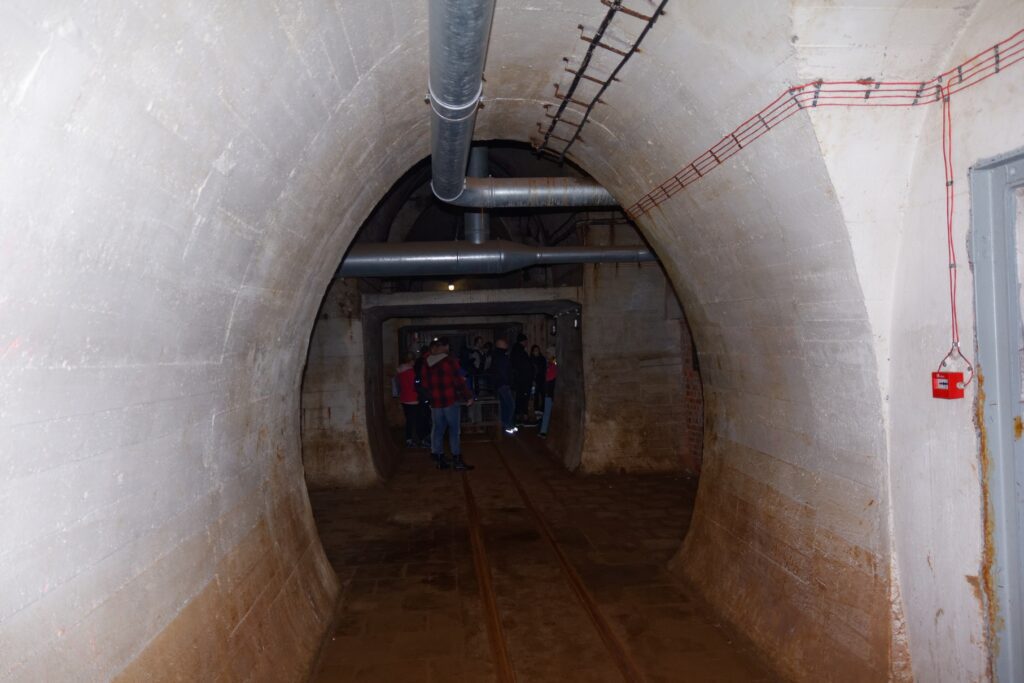
Long route
The tour lasts up to 2.5 hours, while the length of the entire route is approximately 2,500 metres. In spring and summer (16 April – 14 October), it includes a passage and tour of Pz.W. 717 with the barracks and technical complex and access via an underground corridor to the narrow-gauge railway station. In winter (15 October – 15 April), due to the protection period for wintering bats, the route includes a visit to Pz.W. 717 including the underground barracks and technical complex and a walk along the corridor to the railway station. Return to the surface via Pz.W. 717.
After the tour, it is possible to return to the museum area with the armored personnel carrier BTR-152.
A regular ticket for the long route costs 39 PLN
Extreme route
Depending on the variant, they last up to 3 hours, 6 hours or the longest one up to 8 hours of underground wandering. They include a visit to the central or northern part of the underground system of the Międzyrzecz Fortified Region.
Because of the duration of the tour as well as the conditions, it is recommended to be adequately prepared. Visitors should have their own torches with spare batteries, provisions, warm clothes and suitably comfortable and waterproof shoes because of the water in the corridors.
After the tour, it is possible to return to the museum area in a BTR-152 armored personnel carrier
A regular ticket for the extreme route costs 42-60 PLN.
On-surface route
At the Museum of Fortifications and it is possible to hire a guide for surface tours. This includes a tour of the remaining battle shelters and other structures that are part of the Międzyrzecz Fortified Region.
An option ideal for those who want less physical exertion or who do not want to explore the underground routes. No special footwear or torches are required.
After the tour, it is possible to return to the museum area in a BTR-152 armored personnel carrier.
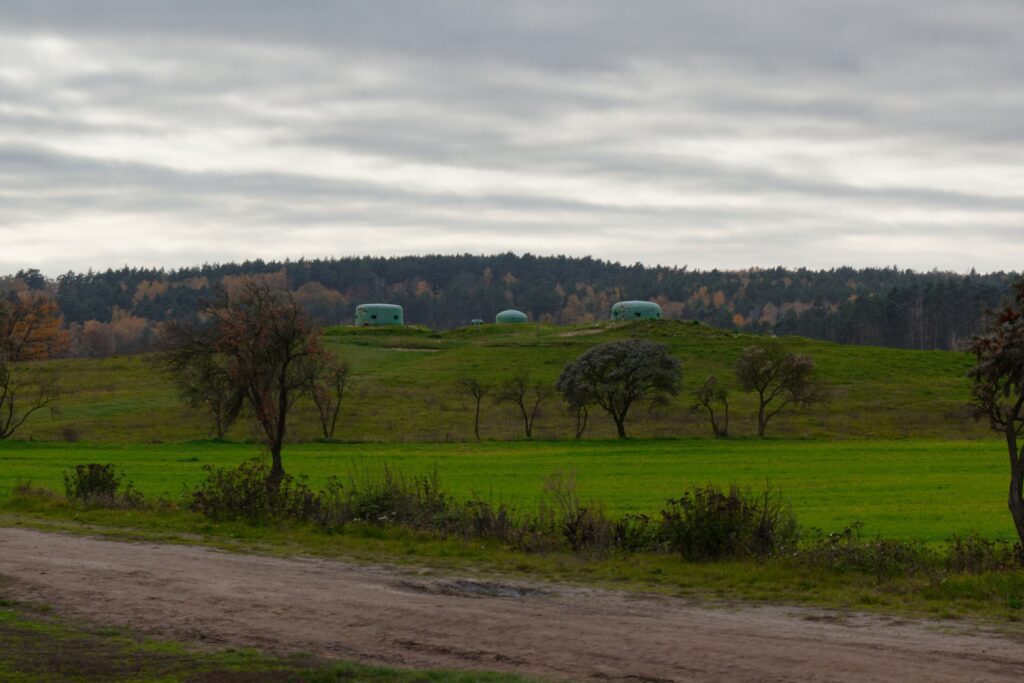
Practical tips
Entrance to the bunkers is at the specific hours, call or write the ticket office to avoid waiting
The temperature inside the bunker is about 10 degrees, so take warm clothes
If you want to go to long route, you should have a flashlight. If you go to the extreme route, you must have it.
There are bats hibernating in the bunkers, they may be low enough to be touched, but don’t do this. You may however take pictures.
